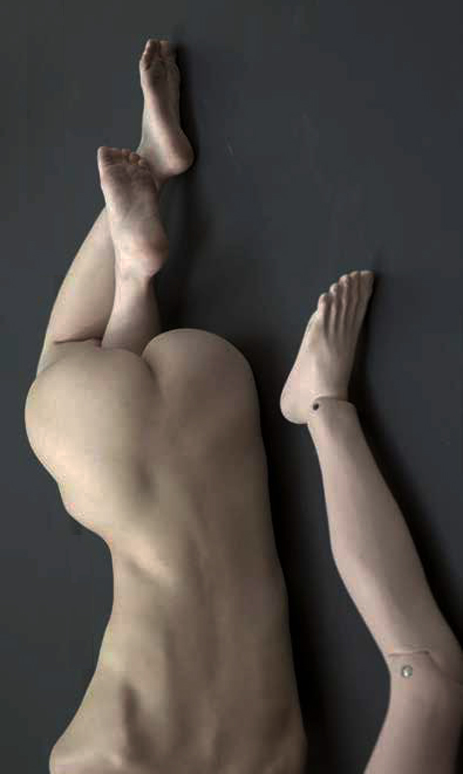
alexandra zierle and paul carter
Absent Engagement
Alexandra Zierle (DE) and Paul Carter’s (UK) collaborative work is interdisciplinary, multi-sensory and often site/context responsive, spanning performance, happenings and interventions, sound, video and installation. Through their collaborative practice, Zierle & Carter critically examine different modes of communication and what it means to be human, addressing notions of belonging, dynamics within relationships, and the transformation of limitations. Their work sites an embodied investigation into human interactions and encounters, acting as an invitation to venture into the spaces in-between the external and internal, permanent and transient, spoken and unheard. The work fundamentally explores society’s conventions, traditions, and rituals, often flipping them on their head, reversing orders, and disrupting the norm.









